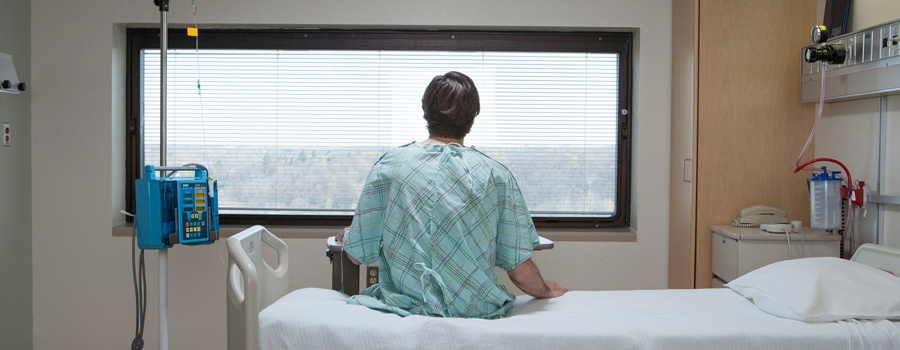Tag: cost
-

Analysis: Pulling Back Curtain on Hospital Prices Adds New Wrinkle in Cost Control
As President Donald Trump was fighting with Congress over the shutdown and funding for a border wall, his administration implemented a new rule that could be a game changer for health care. Starting this month, hospitals must publicly reveal the contents of their master price lists — called “chargemasters” — online. These are the prices that most…
-

Judge Rejects Bid to Revive ACA Subsidies
A federal judge has denied several states’ attempt to compel the Trump administration to continue paying cost-sharing reduction payments. Attorney generals from 18 states and the District of Columbia had filed a motion in the U.S. District Court seeking a temporary injunction that would reinstate the payments, which the administration decided to end earlier this…
-

Congress Squares Off Over Drug Pricing and a Controversial Drug Discount Program
House Democrats are calling foul on Republican assertions that cuts to a little-known discount drug program will eventually reduce skyrocketing drug prices. At a hearing Tuesday, Rep. Diana DeGette (D-Colo.) said high drug prices should be investigated separately from the focus on oversight of the drug discount program, known as 340B. “I think we need…